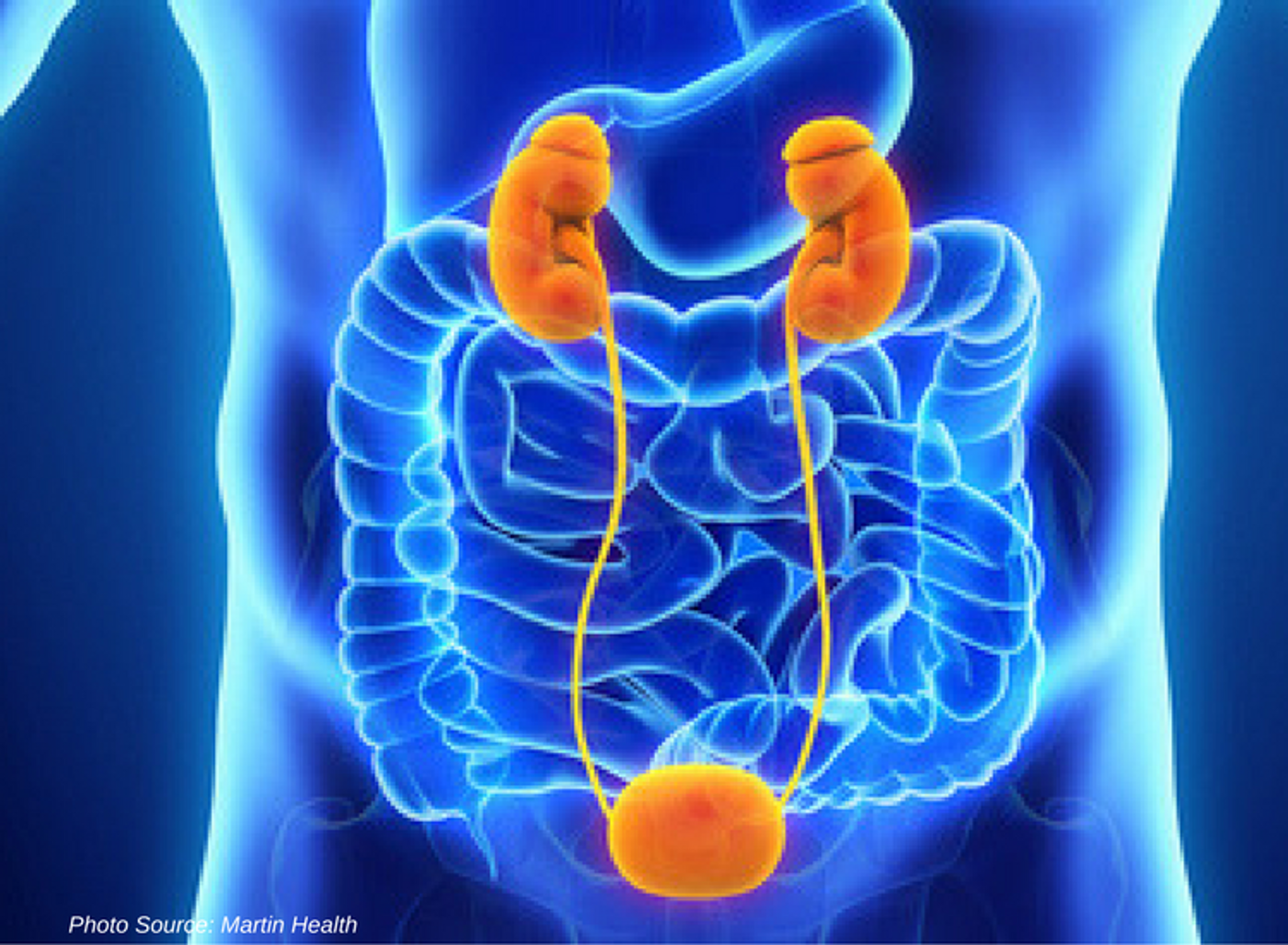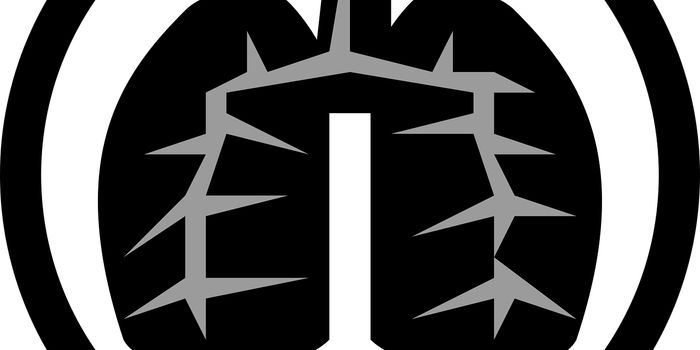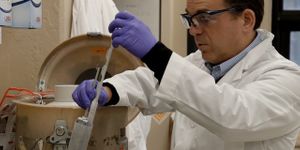UroSEEK: Early Bladder and Urothelial Cancer Urine Screening Test Developed to Complement Urine Cytology

UroSEEK information was released in late March 2018 and detects DNA mutations identified in bladder and upper tract urothelial cancers (BC and UTUC respectively). Prior to this new developed test, urine cytology was the least invasive and standard screening tool but it had limitations. Voided urine cytology examines cellular morphologic changes which occur in cancerous cells; laboratorians performing the analysis are looking for cellular clumping, high nuclear to cytoplasmic ratio, presence of nucleoli (indicating younger, less mature cells), and other atypical features indicating a potential disease process. There are some reports that urine cytology can very accurately diagnose high grade carcinoma and bladder cancer in situ.
There are challenges to this standard test/screen option, including:
-
Employment and retention of skilled cytologists and cytopathologists to perform analysis
-
Low sensitivity due to tumor differences and tumor grade – high grade tumors with distinct and high degree of morphological change will be identified more accurately and more consistently; lower grade or early tumorigenesis (low grade BC and UTUCs) is difficult, if not impossible, to detect
-
Specimen quality and quantity
UroSEEK tests for DNA changes commonly associated with BC and UTUC, which can both present challenges for early diagnosis. UroSEEK has three components and aims not to replace urine cytology but complement it to improve sensitivity and early disease detection. The first, is to detect mutations in the regions of 10 genes consistently found to be mutated in urothelial tumors: FGFR3, TP53, CDKN2A, ERBB2, HRAS, KRAS, PIK3CA, MET, VHL, and MLL. Some of these may sound familiar; they are involved in additional oncogenic pathways in other cancers across multiple tissues and locations. The second component detects the mutation of an oncogenic promoter called TERT. Lastly, the test acts to detect aneuploidy (presence of abnormal number of chromosomes in a cell). These three factors are known to contribute to these types of cancers.
The testing method involves the use of three separate assays. Multiplex PCR for the first 10 gene analysis, singleplex PCR for the TERT promoter gene examination, and PCR to co-amplify L1 retrotransposon repeats, known as LINEs, which are known to be on all 39 acrocentric autosomal chromosome arms as published in 2012 in PLoS One.
This approach is a valuable use of technology and diagnostic combination to help improve patient care and outcomes. Questions to further consider will be the feasibility of offering this test in healthcare systems or institutions that don’t have large reference laboratory or molecular diagnostic lab capabilities. In addition, from the provider and insurance perspective, often insurers will allow only certain approved standard testing for screening purposes. How long will it take for agreement and policy changes to be implemented to allow for this type of testing to be “part” of the screening standard rather than a “compliment” which some may determine is not necessary. This impacts the patient and billing practices of the laboratory and institution, which could greatly affect the likelihood of its use or implementation.
Sources: Elife Journal, Oncology Times, Medscape, PLos One,








